When HIV Unwrapped hit the runway at New York Fashion Week, it turned a space known for trends and celebrity sightings into a bold showcase of science, history, and the people reshaping the story of HIV…
New York Fashion Week is known for audacity, but few shows manage to mix beauty and purpose the way HIV Unwrapped did this September. On the 13th, inside Tribeca’s Nexus Club, a runway turned into a living conversation about medicine, memory, and visibility. Designers, researchers, and people living with HIV stood shoulder to shoulder, proving that art isn’t just decoration — it can be a force that reshapes how we talk about health.
HIV in 2025: Treatment Advances and Ongoing Stigma
Four decades after it was named, HIV is no longer the automatic death sentence it once was. Antiretroviral therapy can keep the virus undetectable, which also makes it untransmittable — the science behind the now-famous U=U message. Preventive tools like PrEP and PEP have dramatically reduced new infections in countries that make them accessible.
But progress hasn’t erased old wounds. Stigma lingers, especially in places where open talk about sex, queer identity, or drug use is still fraught. And access to treatment isn’t equal: people in rural areas, newcomers, and trans communities often face higher barriers. Even in Canada, where infection rates have plummeted, services remain essential. The upcoming closure of Toronto’s AIDS Committee (ACT) is bittersweet proof. After 42 years of counselling, education, and support, ACT will end operations in 2026, citing financial pressures and a shrinking client base. The milestone signals how far medicine has come — but also how fragile support systems can be.
HIV Unwrapped NYFW Runway: Designers and Scientists Collaborate
Against that backdrop, HIV Unwrapped offered a jolt of imagination. Originally launched at Melbourne’s RMIT, the project has travelled through Rwanda and the U.K., always pairing scientists with fashion students to translate research into garments. Its New York debut was hosted by journalist Karl Schmid, the face behind +Life and someone who’s lived with HIV since 2007. “This isn’t just about clothes,” he told the crowd. “It’s about truth.”
Designers treated data and personal history as raw material. Asato Kitamura crafted a sleek black gown embroidered with hundreds of white motifs, a visual rhythm echoing the daily commitment to medication. Ayinde Bradford channelled the queer ballrooms of 1970s and ’80s New York, fusing bright panels of yellow and blue with a crimson lapel, then printing an abstract from rectal tissue slides used in HIV studies — a wink at the science keeping today’s communities safe. The nod to Angie Xtravaganza, a trans Puerto Rican icon diagnosed with AIDS in 1991, tied the look to a lineage of resilience.
HIV Unwrapped at NYFW: The Advocates Behind the Show
What gave the night its emotional weight wasn’t just the designs but who stood inside them. Broadway’s Javier Muñoz, living with HIV since 2002, modelled alongside allies and advocates. Former CDC official Demetre Daskalakis, who’s spent years fighting outbreaks from mpox to COVID-19, lent a public health gravitas. Researchers like Deborah Persaud and Chris Beyrer shared stories of decades on the front lines — Persaud on breakthroughs in paediatric HIV, Beyrer on losing his partner to AIDS and memorializing him in the famed quilt displayed beside the runway.
The casting blurred lines between status and stereotype. Some models were HIV-positive, others not, and there was no way to tell. It was a quiet but radical point: living with HIV isn’t a look, it’s a reality shaped by treatment, policy, and culture.
HIV Prevention Progress and Challenges Discussed at HIV Unwrapped
Speakers wove hope with warning. Beyrer described a PrEP trial in Thailand where not a single sex worker out of 1,300 contracted HIV, proof that prevention works when stigma doesn’t get in the way. But there were reminders of the political headwinds threatening this progress: recent cuts to U.S. aid, frozen vaccine funds, and global programs at risk. The Canadian picture is different but related — ACT’s winding down shows that services can fade even while infections persist, especially when funding depends on philanthropy and shifting priorities.
The takeaway? HIV may be treatable, but public attention is fickle. Keeping people safe requires money, research, and voices loud enough to drown out myths.
Fashion as an HIV Awareness Tool at New York Fashion Week
Fashion has always played a role in queer resistance, from ballroom culture to red ribbons on Oscar lapels. HIV Unwrapped tapped that tradition, using fabric and fit to challenge silence. By asking scientists to collaborate with students, the event encouraged fresh language for old stories — stitches instead of charts, silhouettes instead of statistics.
That strategy worked. Each look on the runway felt like an invitation to see HIV as part of a shared cultural narrative, not a private burden. It asked guests to celebrate how far we’ve come without glossing over the fight ahead. And it positioned the next generation — of designers, activists, and researchers — as heirs to a mission that still needs creativity and grit.
HIV Unwrapped Highlights the Need for Ongoing Support
Events like this can seem niche until you step back. They’re not just about art or philanthropy; they’re about building bridges between health policy and everyday life. The HIV response has always depended on coalition: doctors, drag queens, policy wonks, ballroom mothers, community workers, people living with the virus. HIV Unwrapped reminded everyone in the room — and those watching from afar — that visibility is a public health tool.
In a year when an institution like ACT is preparing to close, and when funding gaps threaten prevention programs worldwide, bringing HIV into the glamour of NYFW isn’t frivolous. It’s a strategy for keeping conversations alive, for honouring those lost, and for protecting gains that could easily slip away.
Looking Ahead: HIV Awareness Beyond HIV Unwrapped
As the last model exited and the applause rose, the AIDS Memorial Quilt framed the runway — a fabric archive of names and stories stitched by hand over decades. For younger attendees, it was a history lesson made tactile. For older guests, it was remembrance. For everyone, it was a call: don’t let progress become permission to forget.
HIV in 2025 is a paradox: a virus that science has largely tamed but society hasn’t fully embraced. Shows like HIV Unwrapped make that tension visible and push it into the spotlight where it belongs. They give credit to scientists and activists while daring audiences to imagine a future where stigma finally has no stage left.

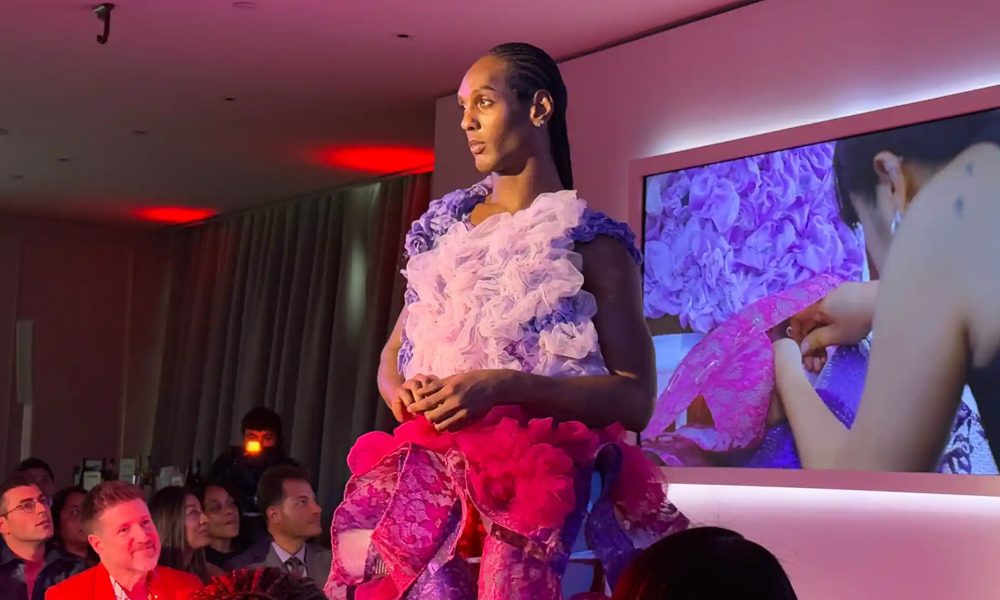
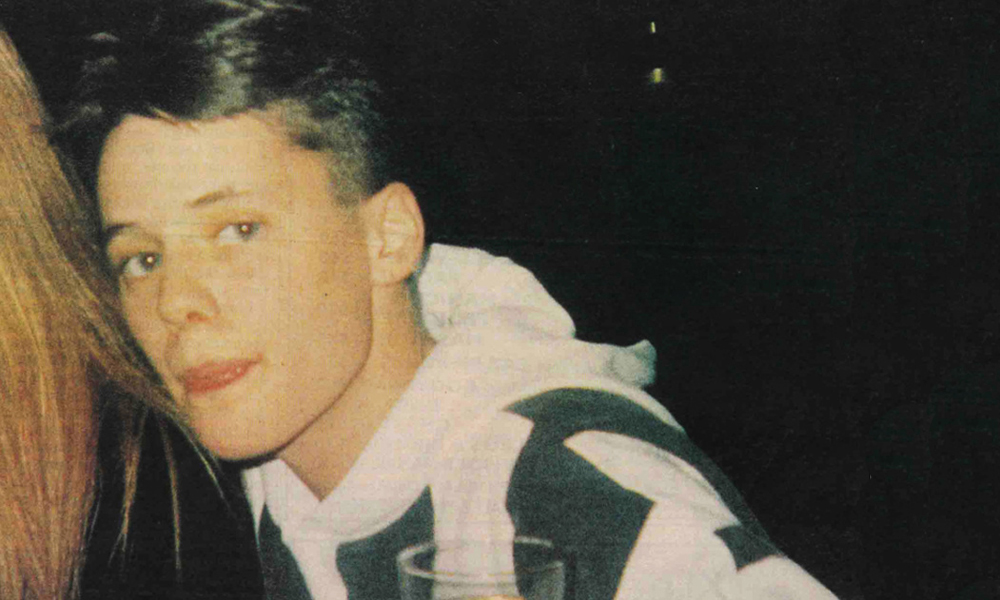
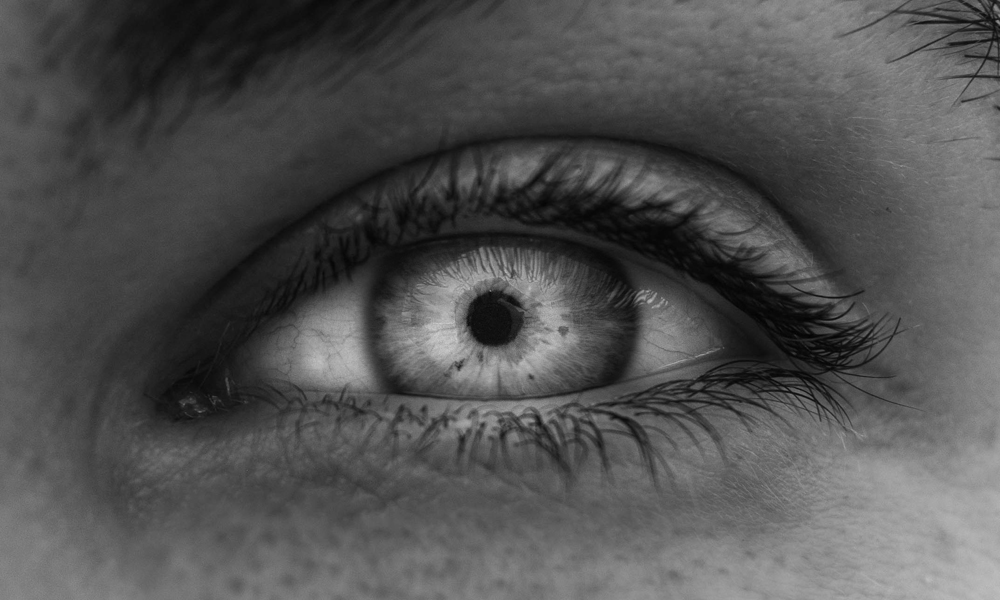
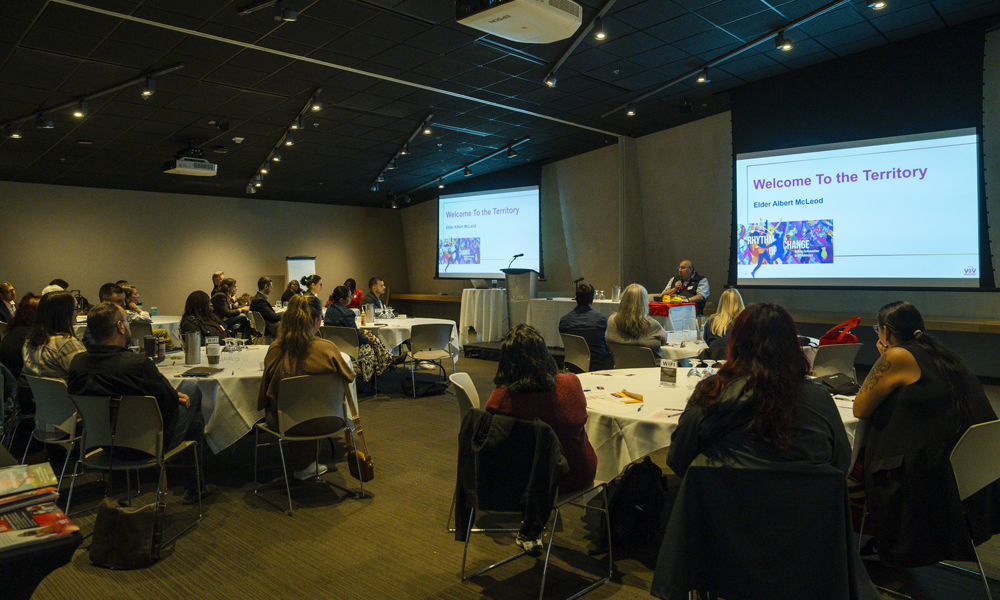
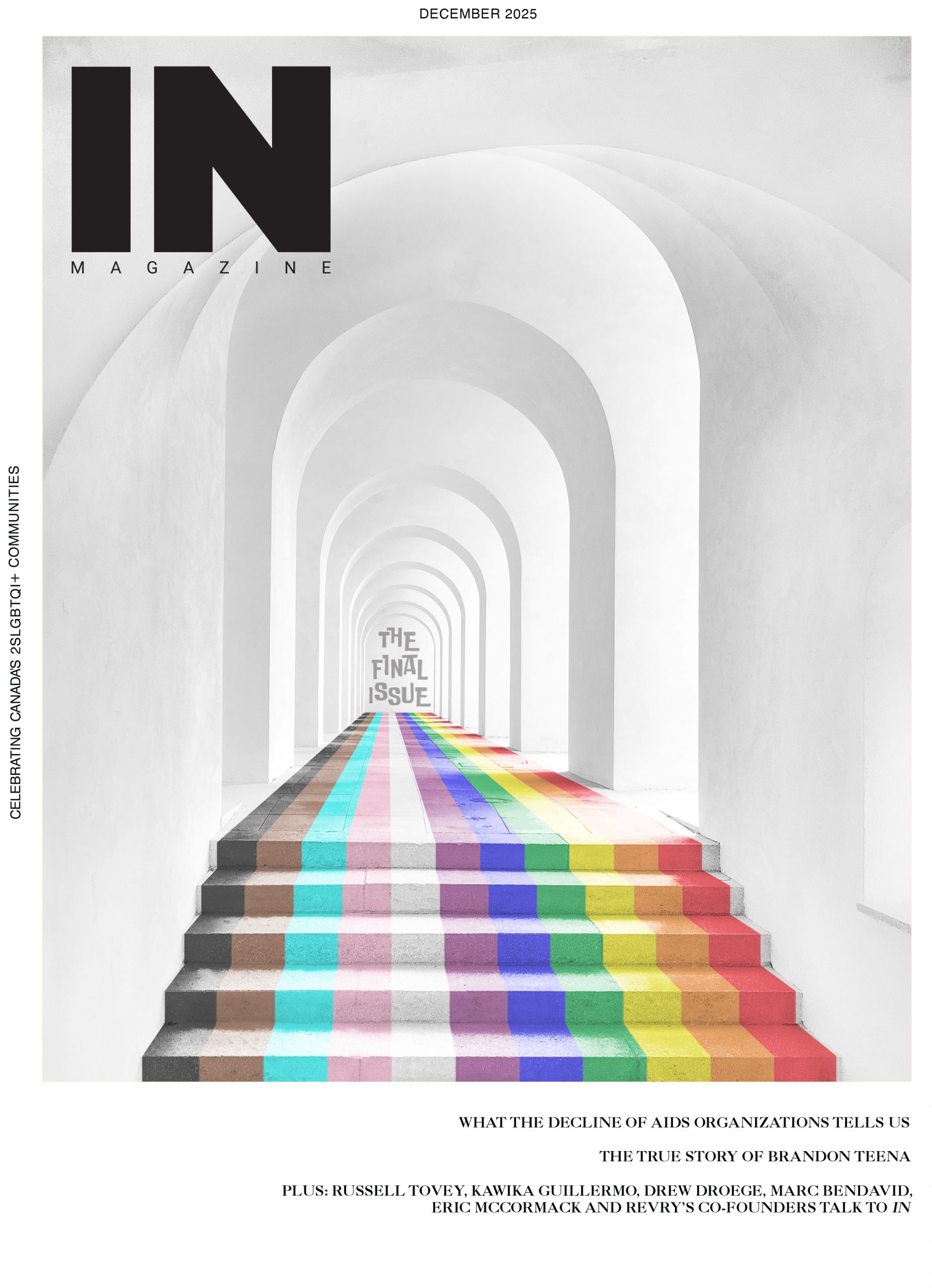
POST A COMMENT